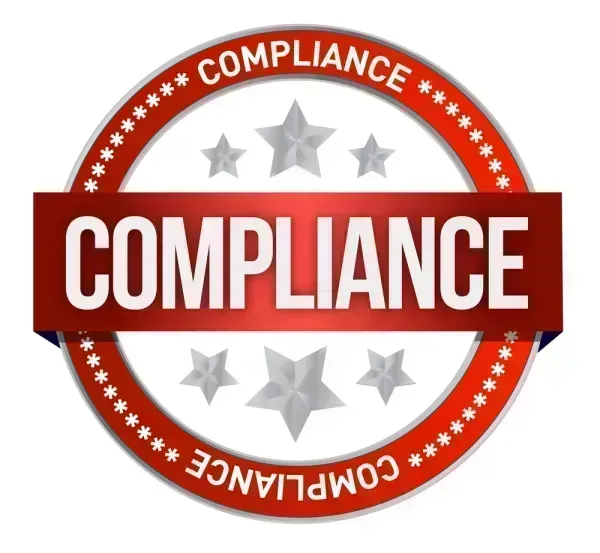OIG Recovered $3.35 Billion in 2015, Plans Scrutiny of Ophthalmology Services

Place of service errors also continue to be on the agency’s radar screen.
Any amount over $3 billion may sound like an enormous number in terms of Medicare billings, but that’s the amount the OIG recovered in 2015 alone.
In its Semiannual Report to Congress, released on Nov. 30, the OIG reported that during fiscal year 2015, the agency recorded audit receivables of $1.13 billion, another $2.22 billion in investigative recoveries and $286 million from other sources.
“Our work identifies improper payments, which sometimes may be caused by fraud, but may also indicate questionable billing patterns that could lead to waste or signal other problems, such as low quality of care,” said Inspector General Daniel R. Levinson in the report. Levinson vowed to catch issues on the front end going forward, noting, “OIG endeavors to examine new programs early in their implementation to pinpoint potential issues to curb or reduce the magnitude of improper payments.”
Consider These Examples
Following is a sampling of a few of the OIG’s recoveries as outlined in the report:
“These findings raise concerns about CMS’s ability to curb improper payments for chiropractic services,” the OIG wrote in the report. As a result of the OIG’s findings, CMS agreed to develop ways to identify questionable chiropractic claims, take action when questionable payments are made, collect overpayments for these services and confirm that claims are only paid for Medicare-covered diagnoses.
The OIG recommended that CMS monitor ophthalmology billing and take action against those ophthalmologists who were found to be billing inappropriately.
“Physicians performed these services in facility locations but incorrectly coded the services as having been performed in nonfacility locations,” the OIG report said. CMS intends to take a closer look at place of service coding errors in the future thanks to the OIG’s findings.
With all of the OIG recommendations leaning toward further scrutiny, now is the time to take a close look at your Medicare billings and ensure that you are reporting your services correctly. If you haven’t performed a self-audit in a while, now might be a good time to perform one so you can move into 2016 with the knowledge that you are coding and billing properly.
Resource: To read the OIG report, visit http://oig.hhs.gov/reports-and-publications/archives/semiannual/2015/sar-fall15.pdf.




